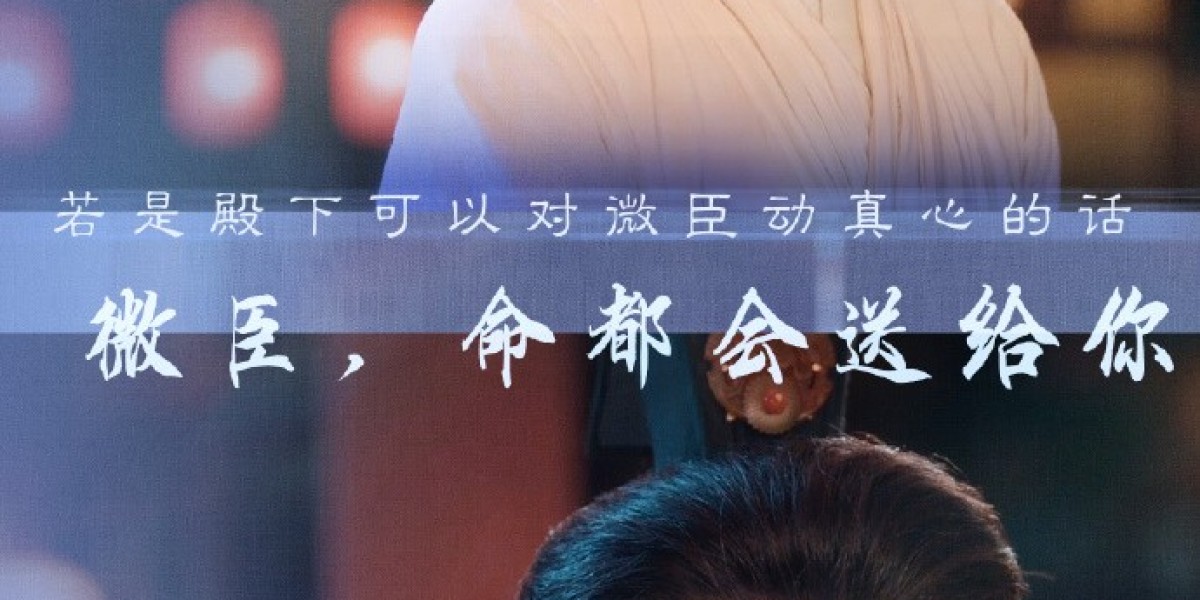Light Fidelity (Li-Fi) technology, which uses visible light for data transmission, is emerging as a revolutionary alternative to traditional wireless communication systems such as Wi-Fi. Offering significantly higher speeds, enhanced security, and reduced electromagnetic interference, Li-Fi is poised to transform various sectors. This article explores the trends, forecasts, and growth opportunities in the global Li-Fi market, highlighting its potential to reshape the future of wireless communication.
Market Overview and Size
According to Stratview Research, the Li-Fi market was estimated at USD 234.4 million in 2022 and is likely to grow at a CAGR of 50.10% during 2023-2028 to reach USD 2681.3 million in 2028. This rapid growth is fueled by the increasing demand for high-speed internet, advancements in LED technology, and the rising adoption of smart city initiatives.
Key Trends
- Technological Advancements: Continuous innovations in LED technology and the development of hybrid Li-Fi systems are key drivers of market growth. High-brightness LEDs and advanced modulation techniques are enhancing the efficiency and reliability of Li-Fi communication, making it a viable alternative to traditional wireless technologies.
- Integration with IoT: The proliferation of Internet of Things (IoT) devices is creating vast opportunities for Li-Fi technology. As IoT devices require high-speed, secure, and interference-free communication channels, Li-Fi’s ability to meet these requirements makes it a valuable asset in IoT ecosystems.
- Smart City Initiatives: Smart city projects worldwide are driving the adoption of Li-Fi technology. Li-Fi-enabled streetlights, traffic systems, and public transportation networks are being implemented to provide high-speed data services and improve urban infrastructure. These initiatives are particularly prominent in regions such as North America, Europe, and Asia-Pacific.
- Enhanced Security: Li-Fi’s inherent security advantages over radio frequency (RF) communication technologies make it attractive for applications requiring secure communication. Since light cannot penetrate walls, Li-Fi signals are confined to a specific area, reducing the risk of unauthorized access and eavesdropping. This makes Li-Fi particularly suitable for use in secure environments such as government buildings, financial institutions, and healthcare facilities.
Growth Opportunities
- Healthcare Sector: Hospitals and healthcare facilities can greatly benefit from Li-Fi’s secure and interference-free communication capabilities. Li-Fi can be used for transmitting data between medical devices, enhancing patient monitoring systems, and ensuring secure communication within healthcare environments.
- Automotive Industry: The automotive sector is exploring the use of Li-Fi for vehicle-to-vehicle (V2V) and vehicle-to-infrastructure (V2I) communication systems. Li-Fi can improve road safety, enable more efficient traffic management, and enhance in-car connectivity, creating significant growth opportunities in this industry.
- Retail and Indoor Navigation: Retailers can leverage Li-Fi for indoor positioning and location-based services, enhancing customer experiences and operational efficiency. Li-Fi can also be used for delivering targeted advertisements and promotional content to customers’ smartphones, driving engagement and sales.
- Industrial Applications: Factories and industrial settings can utilize Li-Fi for robust, high-speed communication networks that are resistant to electromagnetic interference. Li-Fi can improve the efficiency and reliability of industrial automation systems, enhancing overall productivity.
- Underwater Communication: Li-Fi’s ability to function in environments where RF signals cannot penetrate makes it suitable for underwater communication applications. This opens up new possibilities for scientific research, underwater exploration, and military operations.
Forecast and Future Outlook
The global Li-Fi market is on a robust growth trajectory, driven by technological advancements, increasing demand for high-speed communication networks, and the rise of smart cities. As research and development efforts continue to advance, Li-Fi technology is expected to become more cost-effective and widely adopted across various sectors.
The future of Li-Fi looks promising, with significant growth opportunities in healthcare, automotive, retail, industrial, and underwater communication applications. Companies operating in this space are likely to benefit from increased investments in research and development, strategic partnerships, and the growing adoption of smart city and IoT solutions.
In conclusion, the global Li-Fi market is set for substantial growth, offering faster, more secure, and efficient data transmission solutions. As Li-Fi technology continues to evolve, it holds the promise of transforming the way we connect and communicate in an increasingly digital world.



